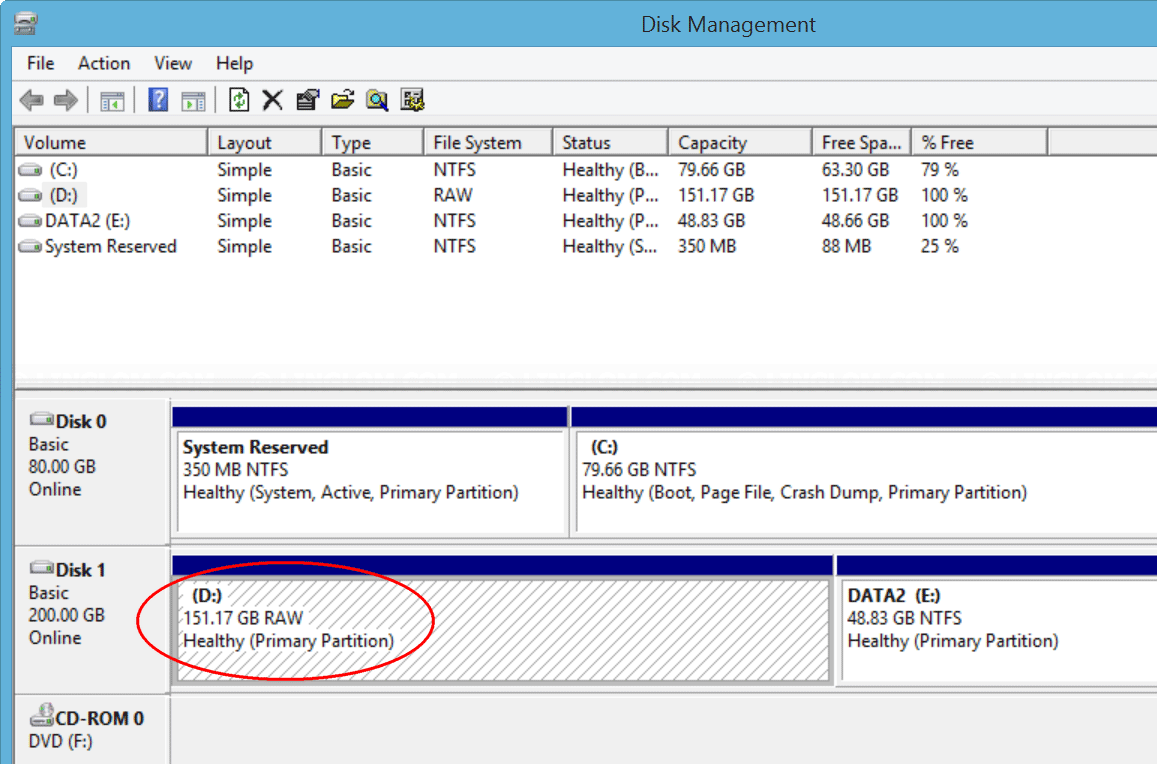

You can set up partitions however you like with Linux, giving different system directories their own partition. The swap partition is formatted with a different file system. For example, Linux systems have a swap partition that functions like the page file on Windows. Linux systems are generally set up with multiple partitions.

#Basic data partition vs primary partition install#
If you want to install Linux on your Windows computer, you can install it to the same hard drive - the Linux system will be installed to one or more separate partitions so Windows and Linux won’t interfere with each other. When you reinstall Windows, you can wipe your system drive and leave your data partition intact. Some Windows geeks love creating a separate partition for their personal data files. If the recovery files were stored on the main system partition, it would be easier for them to be deleted, infected, or corrupted. The recovery partition is normally hidden so you can’t access it from Windows and mess it up. When you restore Windows, the files from this partition are copied to the main partition. For example, many Windows computers come with a separate recovery partition where the files you need to restore your Windows operating system to its factory default settings are stored. Each partition can be isolated from the others and even have a different file system. However, you may want multiple partitions for other reasons. If you have multiple partitions, multiple different drives would appear when you plugged your USB drive into your computer. You probably don’t want multiple partitions on your USB flash drive - a single partition will allow you to treat the USB drive as a single unit. Why You Can Make Multiple Partitions and When You Might Want To Files are then written to that file system on the partition.
#Basic data partition vs primary partition mac#
Either way, you need at least one partition on the drive.Īfter creating a partition, the partition is formatted with a file system - like the NTFS file system on Windows drives, FAT32 file system for removable drives, HFS+ file system on Mac computers, or the ext4 file system on Linux. We call this container a partition. You can have one partition that contains all the storage space on the drive or divide the space into twenty different partitions. You must first create at least one container with a file system. Partitions are necessary because you can’t just start writing files to a blank drive. On many storage devices, a single partition will often take up the entire drive. The partition can contain all of the storage space on the drive or just some of it.


 0 kommentar(er)
0 kommentar(er)
